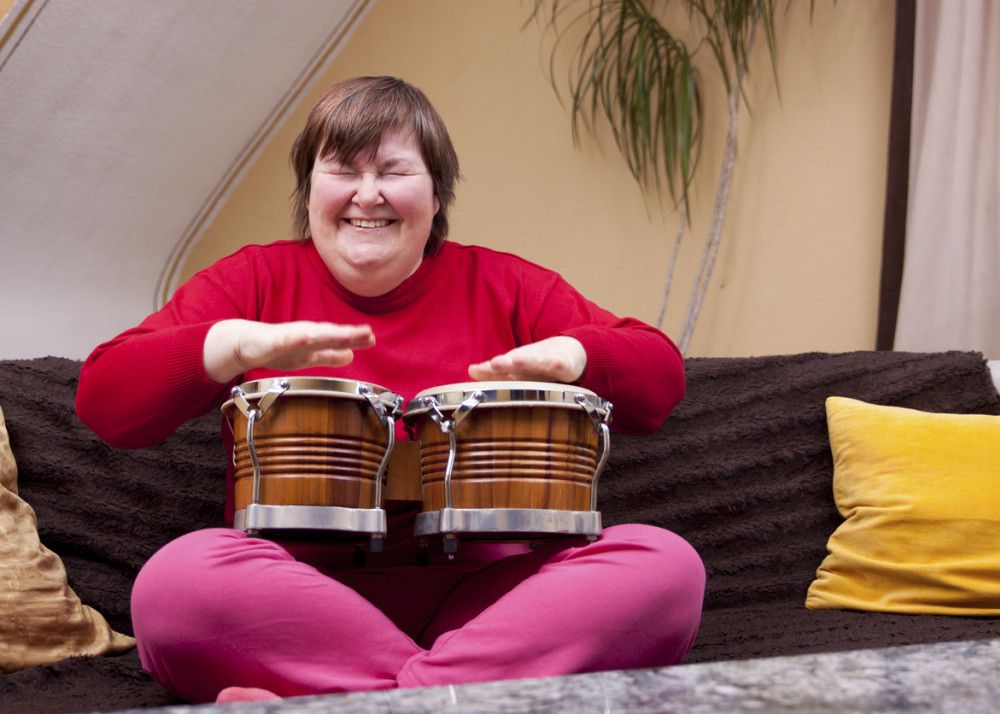How Can Pets be Used in Therapy?
15 June, 2023
Given the love and affection many people have for their pets and for animals in general, it's no surprise that animals can have a huge beneficial effect on people who are struggling with physical or emotional challenges.
Since therapy involving animals is still not entirely mainstream, it may seem a little intimidating to some people. In this article, we want to remove the mystery surrounding this topic and make it feel as accessible for all people.

What's the Point of Therapy involving Animals?
While still not widely used by healthcare providers, therapy animals can be used to help people with various physical, emotional, and mental health conditions. The goal of these interventions is to improve a person's overall well-being, reduce stress, and increase socialization.
How Can You Use a Pet in Therapy?
Animals have been used in therapeutic settings for many years and the ways they are used, can be divided into two broad categories, called Pet Therapy, and Animal Assisted Therapy (AAT).
What's The Difference Between Pet Therapy and Animal Assisted Therapy?
While both pet therapy and animal assisted therapy involve the use of animals in therapeutic contexts, AAT tends to be more structured and goal-oriented, while pet therapy is often more informal and focused on providing emotional support and companionship. For example, with pet therapy, a therapy dog may visit a hospital or nursing home to provide comfort and companionship to patients.
On the other hand, animal-assisted therapy is a broader term that can involve the use of a variety of animals, including pets, to help people with a range of physical, mental, or emotional conditions.
Unlike pet therapy, animal assisted therapy is usually conducted by trained mental health professionals, such as licensed psychologists or counsellors, who work with an animal to achieve specific therapeutic goals for the patient. For example, an AAT session may involve working with a therapist and a trained horse to help a person overcome their anxiety or to improve their social skills.

Pet Therapy
How does a Pet Therapy Program Work?
During a pet therapy session, a trained therapist or handler brings a friendly and well-behaved animal that has undergone extensive obedience training, to visit with a client or a group of clients.
The therapy session can take place in a variety of settings, such as a hospital, nursing home, school, or mental health clinic.
The therapy session usually begins with an introduction to the animal and an opportunity for the client to interact with the animal in a safe and controlled way. The animal's handler or therapist will guide the interaction to ensure that both the animal and the client are comfortable and safe.
While not as goal oriented as AAT, during the pet therapy session, the therapist may ask the client if they'd like to take the dog for a walk, play with the cat, or brush the horse. These activities can help the client to build confidence, improve motor skills, and develop a sense of responsibility. Overall, pet therapy sessions are designed to be fun, enjoyable, and supportive experiences for the clients involved.
The most commonly used animals for pet therapy are dogs, cats, and horses and while therapy dog certification can be obtained, it is not essential.

How Can Pet Therapy Programs Help?
There are several benefits of pet therapy:
Interacting with a friendly animal can help to reduce stress and anxiety and bring down blood pressure. Interacting with an animal has been shown to release oxytocin, a hormone that can help to lower cortisol levels, which are associated with stress.
Pet therapy can help to increase socialization and decrease feelings of isolation. This is particularly true for individuals who may be in a hospital or nursing home setting, or who may not have regular contact with others. Interacting with an animal can provide a non-judgmental and non-threatening way to connect with others and can also provide a conversation starter.
Pet therapy can be beneficial for individuals with physical health conditions. For example, interacting with a dog may help to improve balance, coordination, and overall physical functioning in adults. Additionally, animal assisted activity can be beneficial for individuals who are undergoing physical therapy or rehabilitation.
Animal Assisted Therapy (AAT)
How does Animal Assisted Therapy Work?
AAT involves the use of trained animals, typically dogs or horses, to assist in the therapeutic process. It is a specific intervention chosen by a a doctor, psychologist or counsellor that is usually used to address a specific therapeutic goal an individual may have. For example, one reason a psychologist may recommend this kind of animal therapy is to assist an individual who is suffering from anxiety and stress by engaging them in an activity that can improve mood and promote relaxation.
AAT can also be helpful for people who have difficulty connecting with others or who struggle with social skills such as those with autism spectrum disorder. Animals can provide a non-judgmental and unconditional source of support and can help build trust and rapport between the therapist and client.
AAT can also be beneficial for individuals with physical disabilities or chronic illnesses. A therapy dog for example, can provide motivation for physical activity and exercise, improve fine motor skills, and enhance overall physical functioning.
Finally, this kind of animal therapy can be a fun and engaging way to approach therapy, particularly for children and adolescents. Interacting with animals can be a more appealing and less intimidating way to engage in therapy than traditional talk therapy.
A range of animals can be used in AAT, including dogs, cats, horses, guinea pigs, birds and dolphins. When undertaken with a dog, AAT can sometimes be referred to as dog assisted therapy.

Non-Therapeutic Uses of Animals
Pets can also be used in non-therapeutic contexts to assist with emotional support and physical challenges:
Emotional Support Animals: Emotional support animals (ESAs) are pets that provide comfort and support to people with mental health conditions. ESAs are not considered service animals and are not trained to perform specific tasks, but they provide companionship and emotional support to their owners.
Service Animals: Service animals are trained to perform specific tasks to assist people with disabilities. For example, dogs can be trained to guide people who are blind, alert people who are deaf, or help people with mobility issues.
Pet Therapy at Focus Care
Pet Therapy is just one of the many great services that Focus Care provides. This service can be provided to you within your Home Care Package funds or NDIS budget.
A furry member of our team of therapy dogs will come to your home accompanied by a pet therapy specialist and provide you with companionship and a whole lot of joy.
For further information on our pet therapy teams and the benefits of Pet Therapy at Focus Care, visit our dedicated Pet Therapy webpage.




